In August 2000 an enthusiastic, but nervous, new Land for Wildlife Officer went on her first solo Land for Wildlife visit out to Belli Park, between Eumundi and Kenilworth on the Sunshine Coast hinterland.
There I met Judi who a few years before had bought a mostly cleared 6.4 hectare property where the previous landowner had run some cattle and lit a fire every other year to clean up the grass. This hadn’t worried a small patch of eucalypts on the property too much, but had disadvantaged the dry rainforest species, which were mostly confined to two protected gullies. There was not enough vegetation to sign the property up to full Land for Wildlife registration so her property was put on as Working Towards Registration.
Over the next few years Judi moved to the property permanently, built her house and established gardens. Inspired by her parent’s efforts at revegetating the family farm in Victoria, she set about planting thousands of rainforest and open forest trees. With the cattle off the property and fire excluded from the rainforest, there was also good natural regeneration to assist Judi’s efforts. A number of weeds also decided that they liked the property including Lantana, Groundsel, Easter Cassia, Elephant Grass and Broad-leaf Paspalum.
In 2003 that same Land for Wildlife Officer (now not so nervous but hopefully still enthusiastic) registered Judi’s property in Land for Wildlife as, with all her planting, weeding and encouraging of natural regeneration, it now met the program’s criteria. It was a well-deserved Land for Wildlife sign; not everyone works so hard to get their Land for Wildlife sign!
But getting her sign didn’t slow Judi down. When Council’s annual seedling incentive scheme was introduced in 2005, Judi accessed it almost every year augmenting her own plant purchases. Grants were also used to plant larger areas in stages with a mix of rainforest and open forest plants. In 2013, Judi expressed an interest in finding out more about Council’s Voluntary Conservation Agreement (VCA) program. In 2015, she decided to go ahead with a Conservation Covenant and VCA with Council, protecting the natural values of the property.
While Judi’s property still has a number of weeds, her investment into the property’s natural values have been significant. Her property sits in an emerging corridor linking Mapleton Forest Reserve to West Cooroy State Forest.
Did I mention Judi has a very bad back after working as a nurse for many years? I have never seen someone control weeds so well with a shovel without bending.
Undertaking a fauna survey for Council, local birder Rob Kernot spotted some distinctive round clearings in the leaf litter in late 2015. Thinking that they could be button-quail feeding ‘platelets’, Rob suggested putting out some fauna cameras to see if it was the elusive Blackbreasted Button-quail. To our delight, in May last year we got images of Blackbreasted Button-quail on two cameras on Judi’s property! One was under a lantana shrub in a regenerating dry rainforest patch. The other was in a revegetation area established just seven years ago with a Council grant.
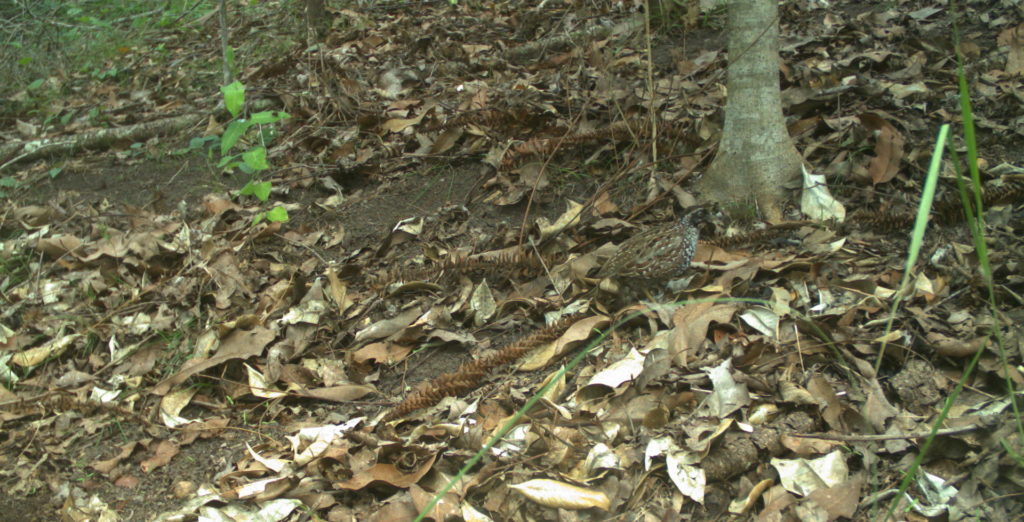
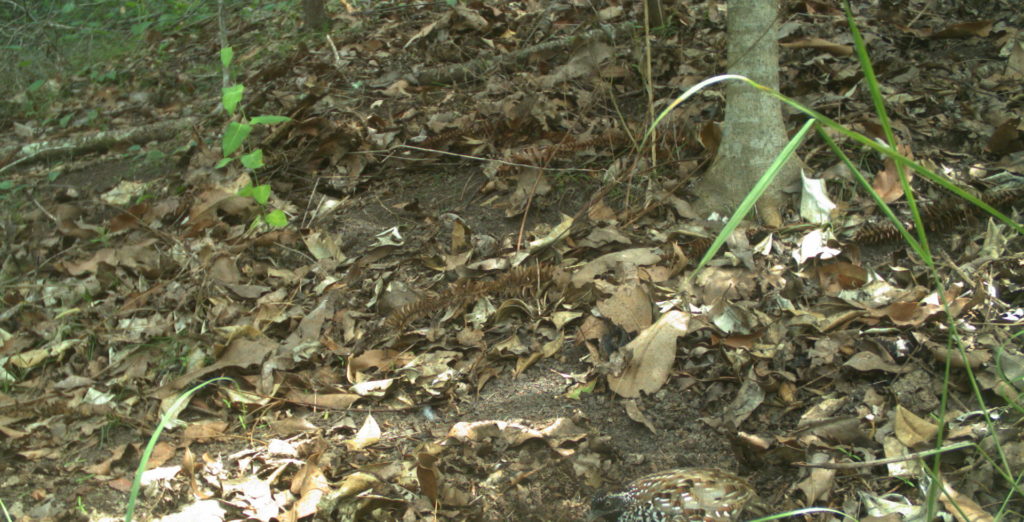
The Black-breasted Button-quail is an endearing, shy, ground-dwelling bird that is listed as Vulnerable under state and federal legislation. Black-breasted Buttonquails are only known from 14 different populations in Queensland with the largest population at Yarraman-Blackbutt estimated roughly to be comprised of about 2000 adults. They prefer to live in dry rainforests and vine scrubs. Unfortunately, these ecosystems have been extensively cleared and modified, hence why population numbers are quite low.
Like all quails, Black-breasted Button-quails forage on the ground scratching in the leaf litter for invertebrates and seeds. Their preferred habitat contains thick leaf-litter 3-10 cm deep. Black-breasted Buttonquails and the similar-looking species, Painted Button-quails, create ‘platelets’ on the ground through ‘pivot-feeding’. They pivot in a circle on one leg scratching away the leaf-litter with their other leg. This scratching creates distinctive round gaps in the leaf-litter about the size of a small dinner plate, called ‘platelets’.
Lantana and other weeds adjoining or within dry rainforests provide additional habitat for Black-breasted Button-quails giving dense low cover and good leaf litter for foraging. Management actions at Judi’s now include removing the weeds slowly and in stages so that quail habitat is not disturbed too much. Dry rainforest patches will continue to be encouraged to regenerate naturally. Pest animal control will also be considered as foxes and cats have been recorded in the same areas as the quails.
Being able to assist Judi further through Council’s VCA Annual On-ground Works program and knowing that she has provided habitat for a threatened species is very rewarding. Seeing such significant changes on Land for Wildlife properties makes the tedium of being stuck in the office doing administration not so bad. It’s been a pleasure and privilege to be Judi’s Land for Wildlife Officer over the last 17 years and I am looking forward to searching through the images from the next fauna cameras for more Black-breasted Button-quail.
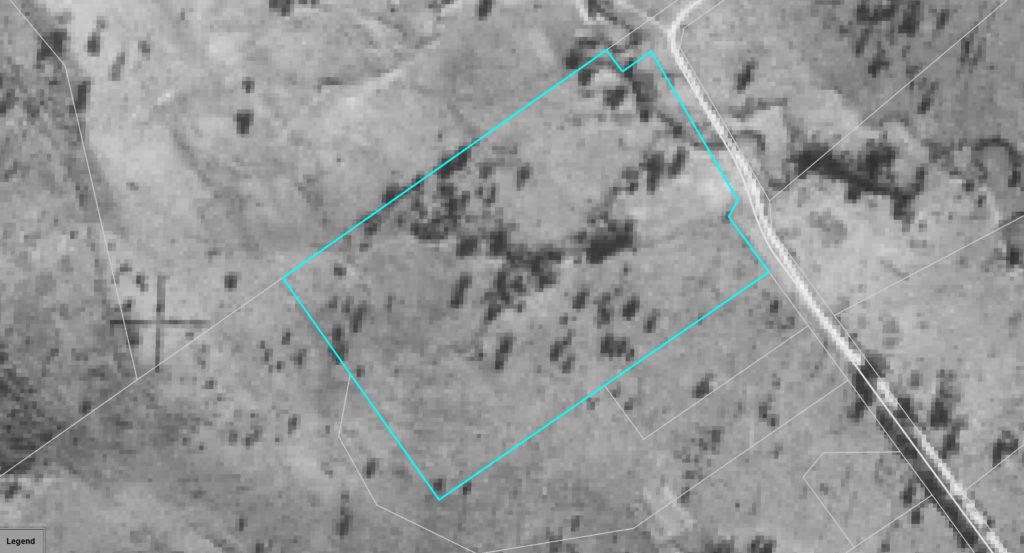
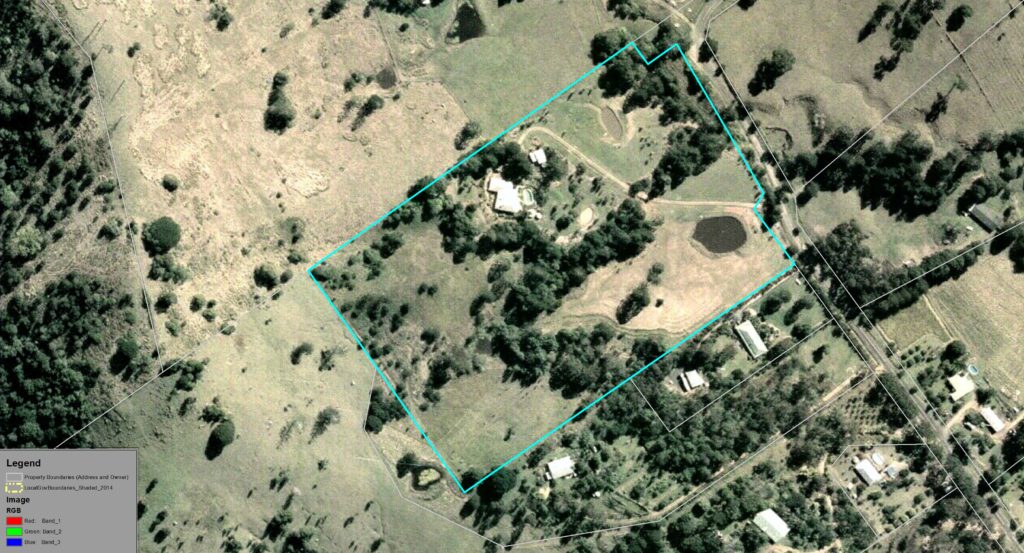
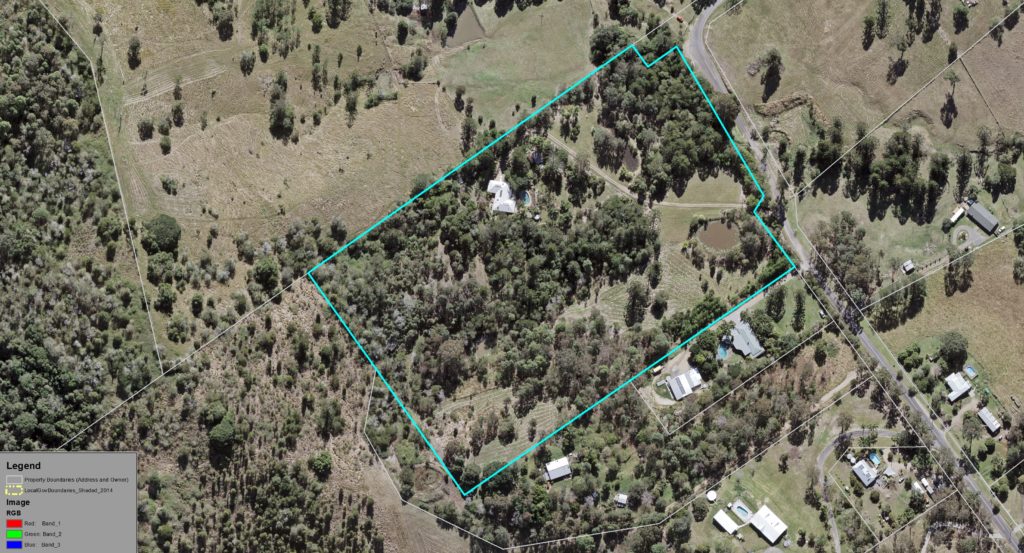
Reference & Further Reading
Curtis LK, Dennis AJ, McDonald KR, Kyne PM & Debus SJS (editors), 2012. Queensland’s Threatened Animals. CSIRO Publishing.
Article by Stephanie Reif
Land for Wildlife Officer
Sunshine Coast Council
